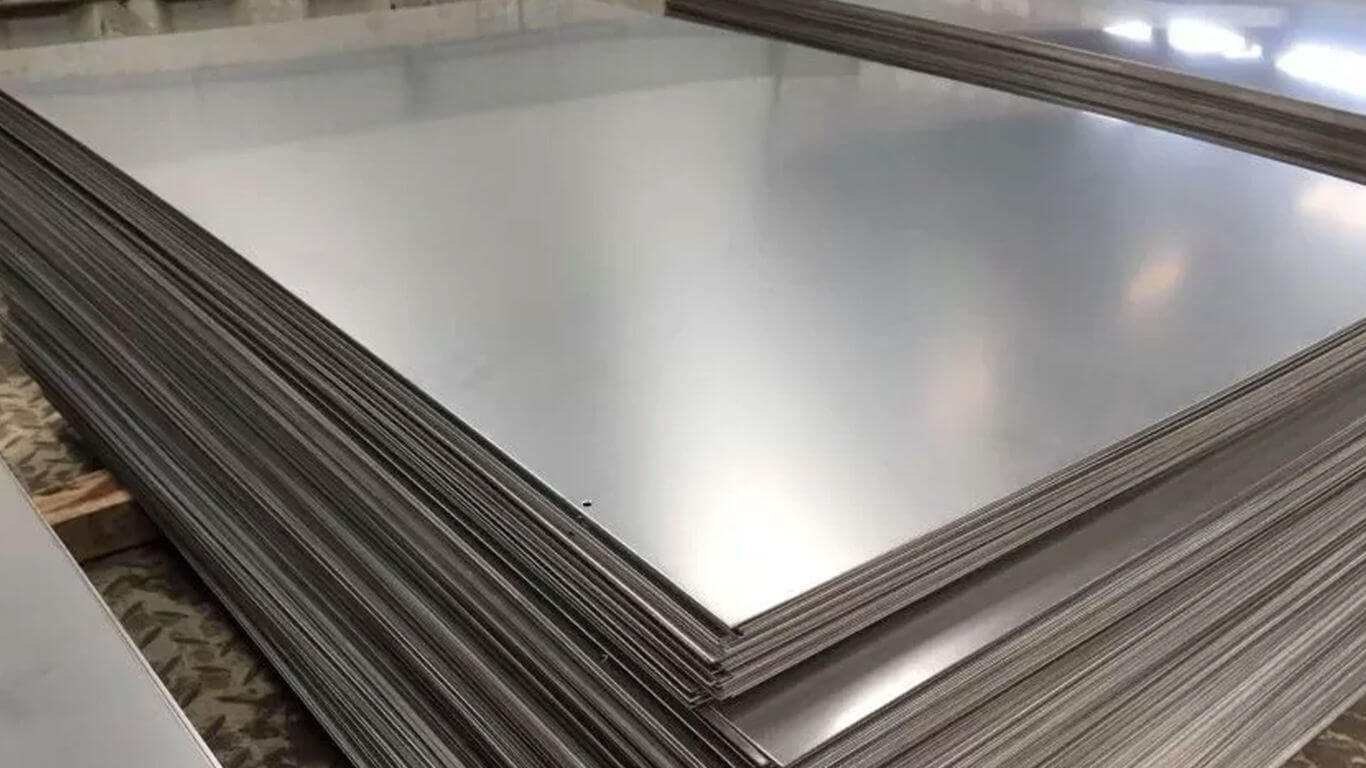Stainless steel sheets are a flexible and hardy material that finds a lot of commercial and industrial use. The reason why they are a favorite in kitchens, machinery, and architectural designs is their strength, corrosion resistance, and polished finish. Nevertheless, to preserve the appearance and integrity of the stainless steel sheets, it is necessary to pay attention to cleaning to avoid scratches and damage to the surface. Knowledge of good cleaning methods would make these materials have aesthetic value and good performance over time.
Buying Quality Materials
Use of stainless steel sheets of high quality also helps in easy cleaning and scratch resistance. Credible sources provide sheets of smooth uniform surface that do not require a lot of effort to clean. Individuals who want reliable materials are recommended to buy stainless steel sheet metal online with reliable dealers. The quality of the sheets is not only going to improve the work of commercial projects but also make the maintenance more convenient in the long run.
Proper Cleaning Tools
The removal of stainless steel sheets requires the utilization of the appropriate tools. Sponge Non-abrasive sponges and soft microfiber cloths are best used to clean dust off, fingerprints and light stains without leaving scratches in the surface. Do not use steel wool or hard brushes or scouring pads, they will cause permanent spots and damage the protective coating of metal. Use of tools that are specialized on the delicate surfaces will minimize the chances of such damage in the normal cleaning.
Cleaning Solution Preparation
A mild cleaning solution is significant to maintain the surface of the stainless steel sheets. Light dispensers with warm water will be used to clean the dirt and grease, and reduce the risk of scratching. The use of harsh chemicals, bleach or harsh cleaners should be avoided as this may corrode the metal and ruin its finish. The solution should be prepared carefully so that the cleaning can be safe and effective and increase the life of the stainless steel sheet.
Rinsing with the Cleaning Solution
When using the cleaning solution, a cautious and restrained method should be used. Wipe the stainless steel sheet with a microfiber cloth or soft sponge to which the solution is dampened and wipe in the direction of the grain. Cleaning along the grain is important to keep the surface looking the same as it is done and it is less prone to producing visible lines and scratches. No need to scrub too much, pressure may lead to minute abrasions, which build up in the long run.
Rinsing and Drying
Rinsing and drying are important in ensuring maintenance of stainless steel. Wipe the sheet with clean water after cleaning it with dirt/ grease and wiping the sheet with clean water to get the remaining cleaning solution off. Unless the excess soap or detergent is washed away, it may leave streaks or spots. As soon as the surface has been rinsed, it is dried with a clean, soft cloth so that there can be no traces of water left, and the polished state of the stainless steel sheet can be maintained.
Handling Stubborn Stains
There are cases when stainless steel sheets can have unwanted stains or smudges which should also be considered. In such instances, a baking soda and water solution can be used as a soft abrasive and does not scratch metal. When using paste, apply it in place with a soft cloth and rub in a grainy manner. Rinse and dry after treatment to get the sheet to look as it did before. The surface should not be subjected to harsh scrubbing or metal tools which can harm the surface.
Maintaining Long-Term Care
Maintenance is the major element to avoid scratches and ensure that the look of stainless steel sheets remain unchanged. A soft cloth and mild solution should be used to clean the surface regularly to be free of dirt and contaminants. In commercial or industrial settings, where dust, grease or chemicals can be encountered on a regular basis, regular attention minimizes the possibility of permanent harm. Having a maintenance schedule ensures that the stainless steel is not wasted by being worn out or displeasing to the eyes.
Conclusion
Removal of stainless steel sheets without leaving scratches is a task that should be carefully undertaken in terms of tools, cleaning solutions and methods. The polished finish and structural integrity of the metal is preserved with soft cloths, gentle detergents and in the grain direction of the metal. Rinsing, drying, and sometimes soft treatments on the stains are proper measures that guarantee longevity and durability. The ability to invest in high quality materials and the regular cleaning program is useful in enhancing the durability of the stainless steel sheets thus becoming a viable and handsome option in the broad scope of commercial uses.

